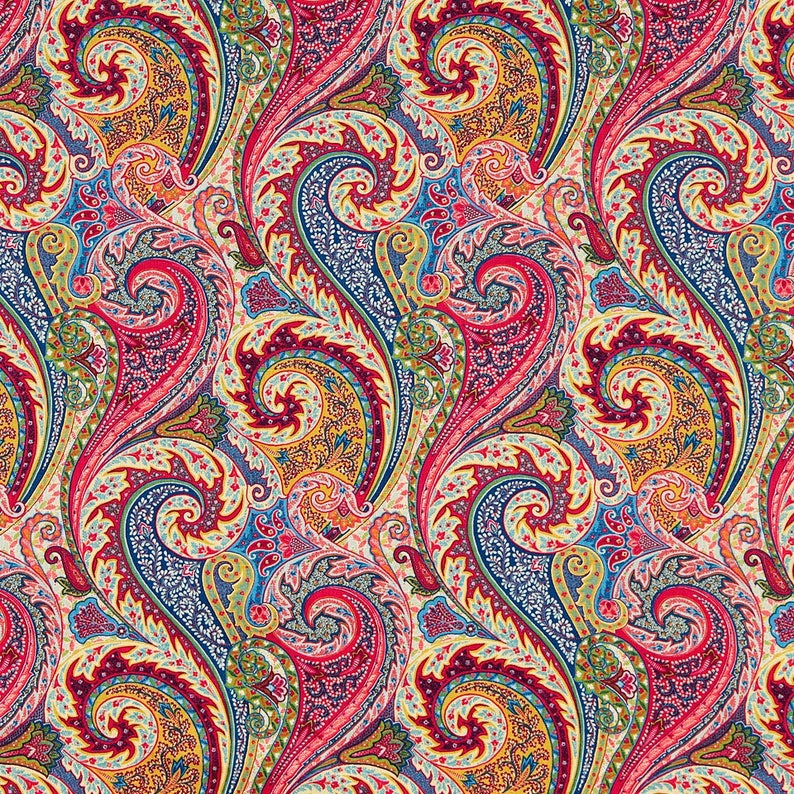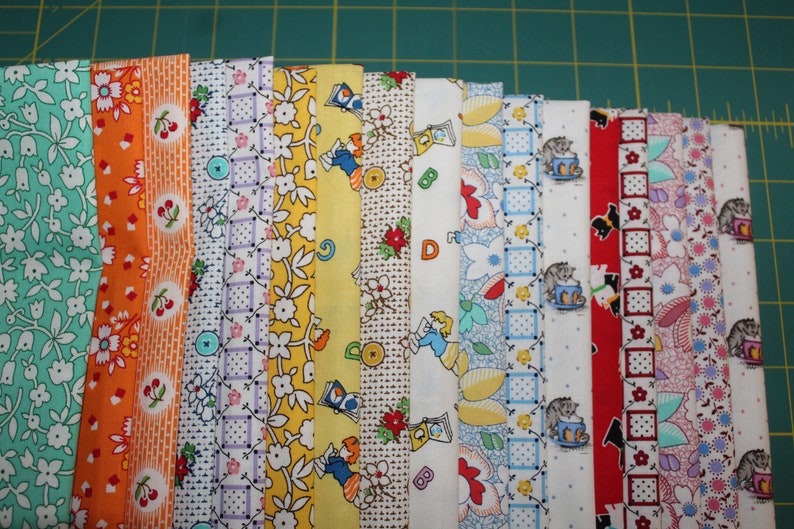

The team discovered that the metal-organic framework “grows” over copper, replacing it with a material with the ability to filter and convert toxic gases, Mirica said. It’s a very straightforward process, but the chemistry behind it is not and it took us some time and additional involvement of students and collaborators to understand that.”

“It took us four years to figure out what was happening and how it was beneficial. “He wanted it on top of the electrodes, not to replace them,” Mirica said. But the copper electrodes would be replaced by the framework.Īssociate Professor of Chemistry Katherine Mirica. “Here we’re relying on an Earth-abundant matter to detoxify toxic chemicals, and we’re doing it without any input of outside energy, so we don’t need high temperature or electric current to achieve that function,” Mirica said.Ĭo-first author Michael Ko, Guarini ’20, initially observed the new process in 2018 as he attempted to deposit the metal-organic framework onto thin-film copper-based electrodes, Mirica said. The technique also could eventually be a low-cost alternative to technologies that are cost prohibitive and limited in where they can be deployed by needing an energy source, or-such as catalytic converters in automobiles-rare metals, Mirica said. “This technological advance paves the way for other applications of the framework’s combined filtration and sensing abilities that could be valuable in biomedical settings and environmental remediation.”

“This new method of deposition means that the electronic textiles could potentially interface with a broader range of systems because they’re so robust,” she said. It is incredibly silky to the touch to the point of suspicion that it has other than linen ingredients. This fabric is woven out of VERY long-staple linen fiber with virtually no slubs. The versatility and durability the new method provides would allow the framework to be applied for specific uses and in more precise locations, such as a sensor on protective clothing, or as a filter in a particular environment, Mirica said. YOUR 38 OFF on Super Fine Thread 3.5 ounces a square yard linen. Copper imprinted on fabric (top) is replaced with a metal-organic framework (bottom) capable of detecting and capturing toxic gases.


 0 kommentar(er)
0 kommentar(er)
